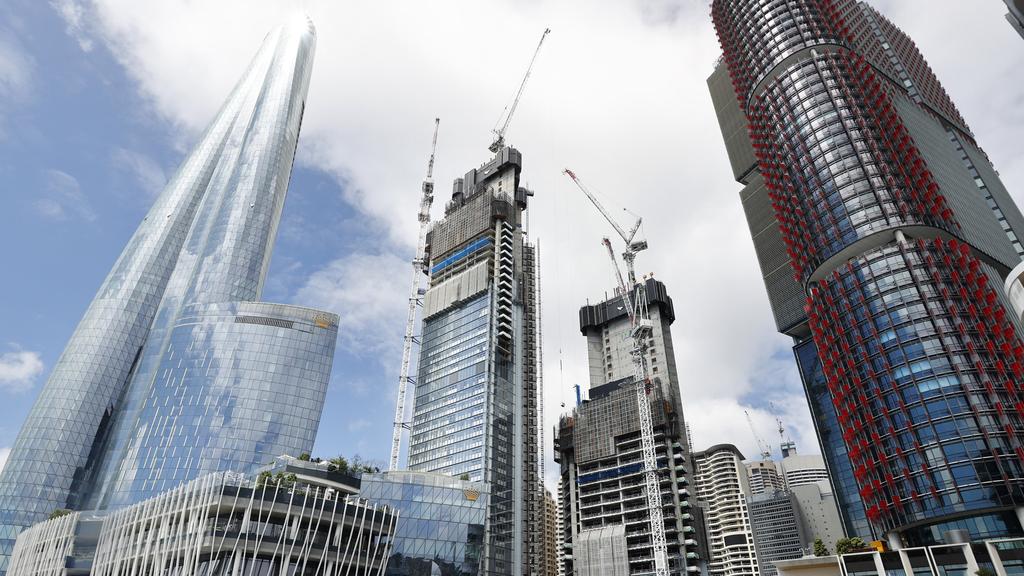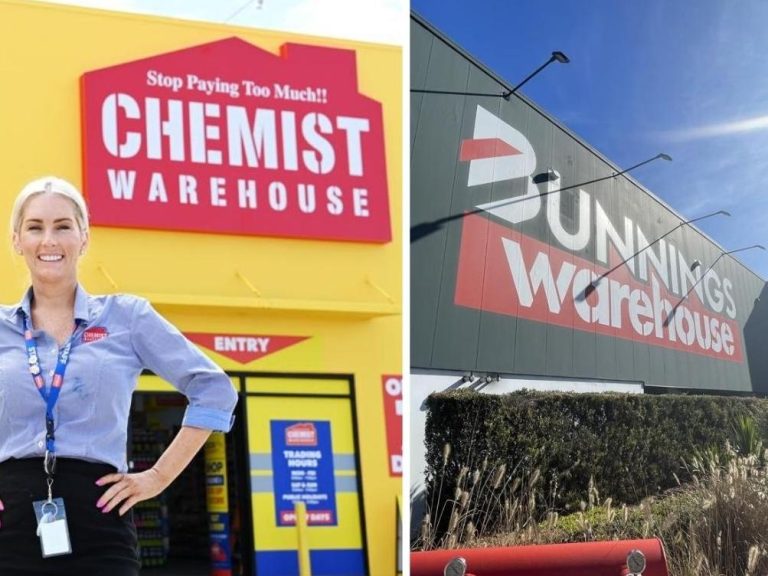Property evolution as Labor drives housing and green agenda

Build to rent could be a winner out of the election. Picture: Richard Dobson
The seismic shift in the political landscape with the election of the Albanese Labor government is yet to be felt in commercial property markets – but it is coming.
At the top end of the market the contest for prime assets goes on unabated with rising bond yields and rattled global share markets, the main determinants of pricing.
And at the smaller mum and dad end, sale portfolios sold out even in the midst of the six-week election campaign, marking an abrupt shift from the tightening in the market ahead of the 2019 federal election, when the spectre of changes to negative gearing and capital gains tax hung over the market.
With these changes taken off the table last year and big housing proposals making only a late cameo in the election campaign – with a surprise idea from former prime minister Scott Morrison to allow homebuyers to access their superannuation to get into the market – the focus is now on the longer term policy prescriptions that could influence commercial markets.
While portfolios are yet to be settled, the incoming government has made commitments to boost housing supply and on infrastructure spending, and to tougher emissions reduction targets. And it is doing so amid challenges including the ongoing housing crisis, rising pressure in rental markets, construction collapses, the threat of a wages outbreak, and ever higher costs.
Property Council chief executive Ken Morrison says there is a short-term challenge around skills and called for skilled migration to address gaps. “We would encourage the new government to look for ways to attract people in an aggressive way.”
Mr Morrison notes the Albanese government’s commitments to address housing supply. “While the debate in the media was around the demand side, it was an encouraging sign on the supply side which is reflected in the challenges we do have,” he adds.
One winner could be build-to-rent.
Knight Frank chief economist Ben Burston does not expect immediate changes for property, but said the election result signals a shift in policy direction over the medium term.
Labor is promising to significantly increase investment in social housing and Mr Burston said private accommodation providers will also benefit.
“While the build-to-rent sector did not feature as part of the policy debate during the campaign, with rental markets tightening rapidly it is likely that Labor will view the nascent sector more favourably than the Coalition and potentially offer more federal support alongside state government initiatives to spur its growth in coming years,” he said.
REA Group economist Anne Flaherty said that a stated goal of the Labor government was to boost housing supply, including a commitment to build 30,000 new social and affordable properties over the next five years.
Mr Flaherty said that one initiative that could drive up supply would be removing tax barriers to build-to-rent. Back in 2019, Labor pledged to halve the Managed Investment Trust withholding tax rate – a key impediment to institutional investment in the sector.
“The policy change has since been scrapped but should be reconsidered. The vast majority of Australia’s housing supply comes via the private sector, so policies that encourage development are critical.”
Cushman & Wakefield research manager Glenn Lampard also expects housing to be a focus.
“In the current environment of rising interest rates, the affordability of housing is once again front and centre. There will likely be significant pressure on the government to address what appears to be a shortage of housing, through supply that could in part, be assisted by build to rent housing development, which is comparatively new to this country,” he said.
NSW and Victoria have introduced amendments for land tax concessions of up to 50 per cent for land tax. “But there remains significant opportunity for the incoming federal government to provide further support with taxation reform that allows a beneficial concessional tax rate for foreign investors eligible as a managed investment trust,” Mr Lampard said.
A renewed focus on cutting emissions could accelerate the moves that commercial property owners are already undertaking.
As part of its Powering Australia plan, Labor intends to reduce the Australian Public Service’s emissions to net zero by 2030.
“Real estate will be key in achieving this goal and could accelerate the shift away from less eco-friendly buildings,” REA’s Ms Flaherty said.
Colliers national director, research, Joanne Henderson, said the outgoing Morrison government last year announced a national target of net zero by 2050.
“This is a milestone in itself, however alongside a strong campaign focus on climate change from Labor who have been vocal on their stronger climate action agenda, as well as the rise of the independents – it is clear that climate change policy will be at the front and centre of politics in the near to medium term and eventually related policies implemented,” she said.
There could be significant implications for real estate.
“To date, the private sector have been ahead of government initiatives in Australia with many corporates and investment platforms placing a strong focus on their own ESG initiatives without any mandatory overlay by government,” Ms Henderson said.
“With Labor’s commitments, we anticipate that we will see a faster rate of change in the property industry which will normalise sustainability and ultimately be the catalyst to align government thinking and policy to private sector requirements and expected outcomes,” she said.
Cushman & Wakefield’s Mr Lampard said that significant swings towards the incoming Labor government, and the Greens party, suggest that a more aggressive or ambitious emissions target may provide for “sympathetic” policy changes around built form which were ”more supportive” of the ESG principles adopted by investors and occupiers.
Activity could also be spurred as the Albanese government puts its green agenda into practice.
JLL head of research, Australia, Andrew Ballantyne, said Labor’s commitment for up to $3bn investment in green metals and a clean energy component manufacturing would be “positive”.
“This is a positive in particular for the Australian industrial and logistics sector, which had record take-up of industrial space by occupiers in 2021,” he said.
Knight Frank’s Mr Burston also highlighted Labor’s plan for a $15bn National Reconstruction Fund to drive local manufacturing and regional development, which could boost tenant demand particularly in targeted areas like advanced manufacturing in transport, defence, food processing and robotics.
Mr Burston cautioned it is important to recognise that skill shortages and supply chain issues are driving rapid escalation in construction costs across. “Plans for the rollout of various spending commitments will have to be carefully calibrated so as not to add to these existing pressures,” he said.
On the sales front, Burgess Rawson CEO Ingrid Filmer said the Albanese government is unlikely to have a major bearing on the commercial property market.
“Even rising inflation and interest rates so far have had little impact on buyer demand and prices.”







